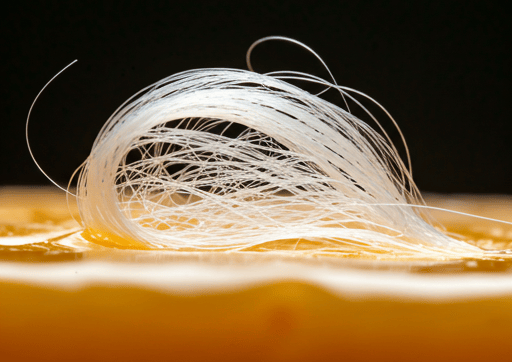Revolutionizing Fat-based foods with Cargill’s Co-dried Fiber Technology
CONFECTIONARYBEVERAGES


Insoluble fibers have long been a staple ingredient in fat-based food and feed products, serving as bulking agents and sugar replacers to reduce calories. However, their use comes with significant drawbacks that compromise both functionality and consumer appeal. For instance, insoluble fibers often increase the viscosity and yield stress of fat-based products, making them more challenging to process and less appealing in texture. Additionally, these fibers can reduce sweetness levels and introduce off-tastes, negatively affecting the product’s flavor profile. To counteract these issues, manufacturers frequently add extra fat, inadvertently raising calorie content and production costs.
Cargill has filed a patent application on addressing these issues with its co-dried fiber products, which combine soluble and insoluble fibers in a unique way. By coating insoluble fibers with soluble fibers, this technology eliminates many of the drawbacks associated with traditional insoluble fibers while introducing new functional benefits. This novel approach offers an effective solution to the longstanding challenges of working with insoluble fibers in food and feed products.
Its process for creating co-dried fiber products involves three key steps:
Mixing Fiber Types: Soluble and insoluble fibers are mixed in precise dry weight ratios (from 20:80 to 80:20, with 50:50 being optimal) to form a suspension in water.
Spray-Drying the Suspension: The suspension is dried using a spray-drying method, resulting in insoluble fibers that are partially or fully coated with soluble fibers.
Optional Additives: The product can be enhanced with flavoring agents, emulsifiers, coloring agents, or anti-caking agents, depending on application needs.
The co-dried fiber products offer several advantages. The soluble fiber coating mitigates the thickening effects of insoluble fibers, improving the texture and flow properties of fat-based products. The oil-binding capacity of the co-dried fibers is optimized, ensuring a balanced consistency without requiring excess fat. Additionally, the process accommodates a variety of soluble fibers, such as inulin and resistant dextrin, and insoluble fibers, like oat and sugar beet fibers, making it adaptable for diverse formulations. Importantly, the co-dried fibers reduce off-tastes and sweetness loss, enhancing the sensory appeal of the final products.
The impact of this innovation can extend across multiple applications in the food and feed industries. These co-dried fibers can enable manufacturers to create healthier formulations by reducing calories without sacrificing texture or taste. Improved rheological properties simplify production processes and enhance product stability. Moreover, the fibers’ versatility makes them suitable for a wide range of fat-based products, including chocolates, spreads, confectioneries, and feed products, where they serve as both bulking agents and sugar replacements.
